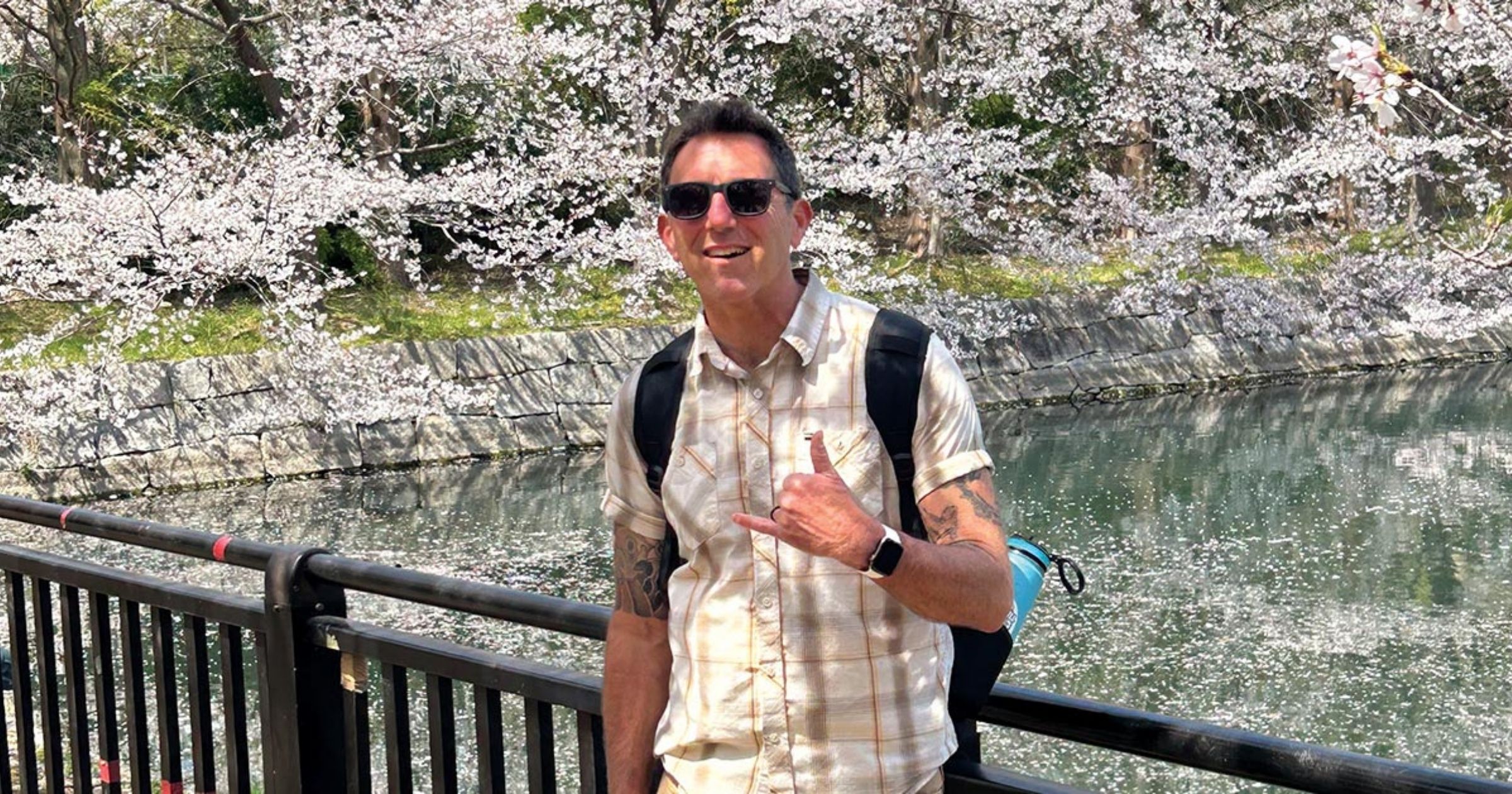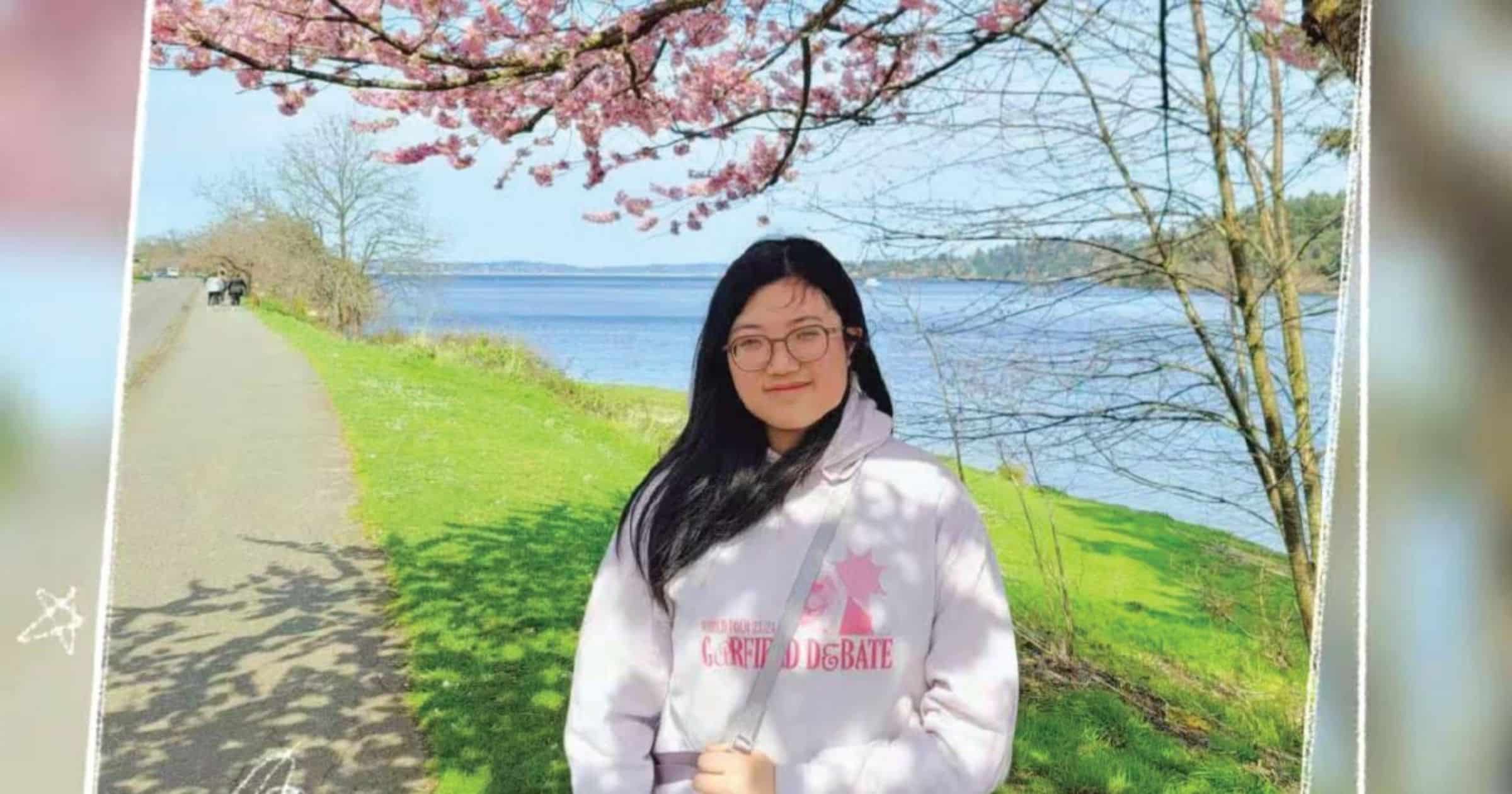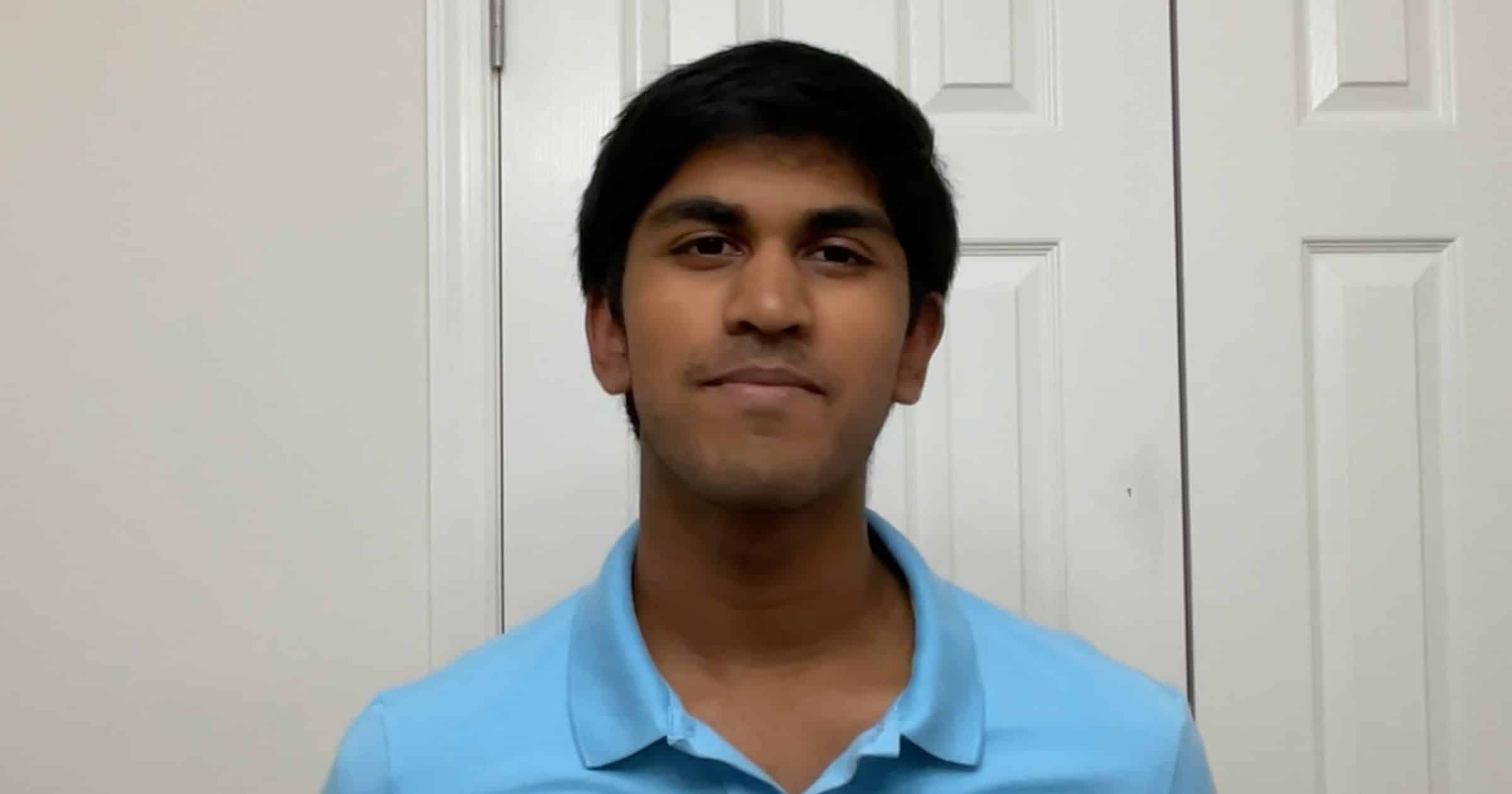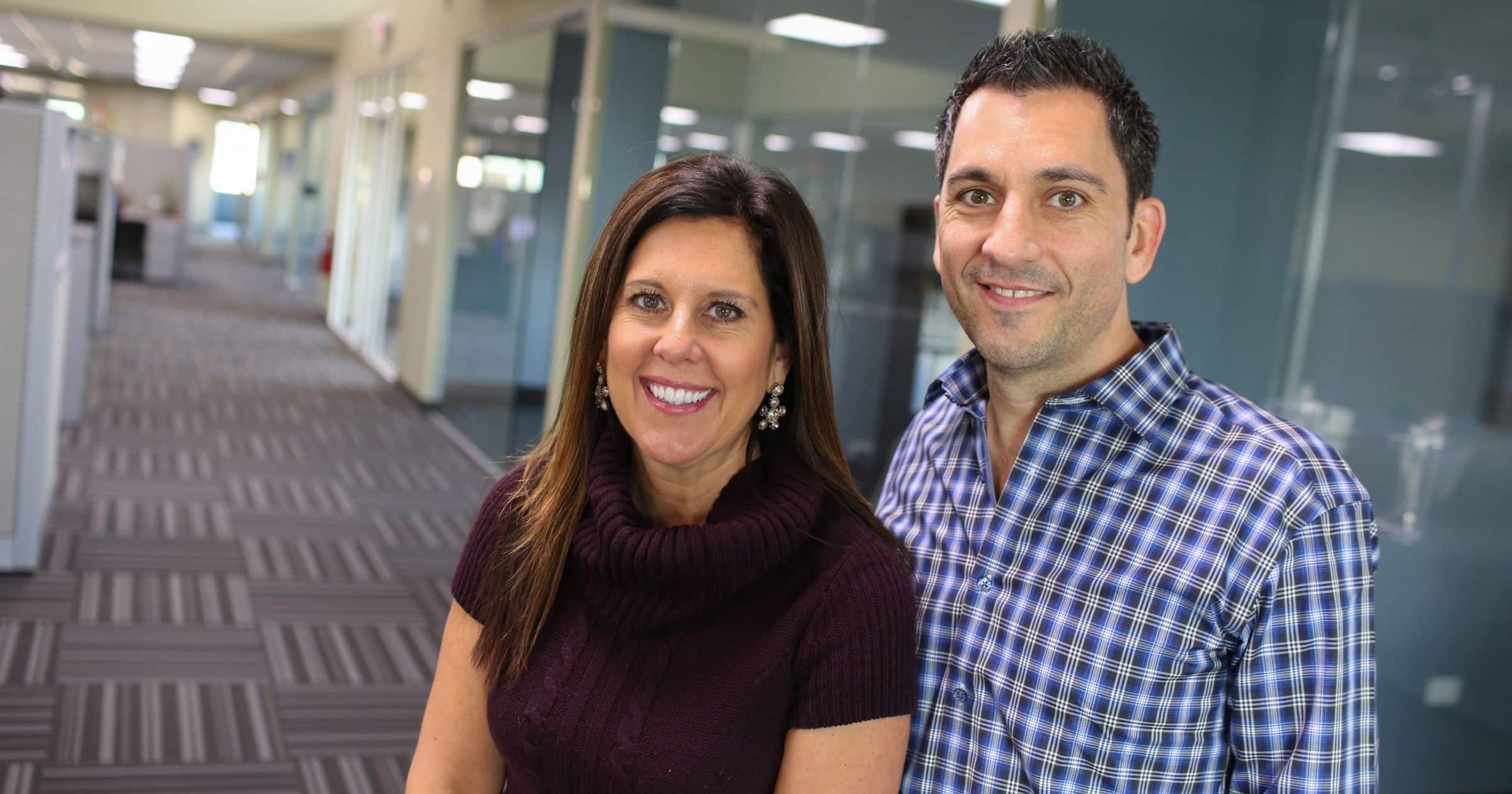From Peru to Japan, Justin Trinh-Halperin takes his students across the globe.
The middle school math and science teacher at Bullis Charter School in Los Altos, California was a top finalist in 2025’s Traveling Teacher of the Year, thanks to years of efforts showing students the world in a highly intentional way. STEM, environmental science, history and language arts all play a large part in the trips he organizes with Education First—before, during and after.
How did this Japan trip come about?
I was looking for someplace else I could tie to the middle school curriculum, with the Middle Ages. So we could go to Kyoto, Namura, we could do everything that the kids were learning in their history books, and bring that to life. But then also, because we’re in Silicon Valley, tie in the tech piece. So, we added in teamLab and STEM stuff in Tokyo. And then last year, I added in the wind caves and ice caves of Fuji, because I think it’s important to experience nature. The trip is getting longer, but the school district is seeing the value.
We also have a teacher at our school that lived in Osaka, so we do some special things while we’re there. We take a calligraphy class from one of his childhood friends, go to some restaurants off the beaten path for Okinawan food, take a taiko drumming lesson, stuff like that.
What brought about the Peru trip?
Study of the Incas ties into the middle school curriculum. So, it was an easy sell there. And then I added an extension, a 3-day trip to the Amazon basin. My undergrad is Ecological Biology and Environmental Science, so I’m very passionate about getting kids out into the environment. The only way they’re going to save it is if they interact with it.
And this is off-grid, three hours up a river. There’s going to be 50 of them, and we’re staying at an Eco Lodge that gets three or four hours of electricity each day. So, I think it’ll be very eye-opening for some of these Silicon Valley kids.
How do you prepare students for a trip of this magnitude?
I started a weekly Japanese cultural language club, and a good majority of the students that go on the trip join the club, and it’s very successful. Then, I have mandatory monthly meetings starting about six months out. We discuss the trip and talk about behaviors, what to expect, and start learning phrases. I create Google classrooms, giving them assignments as well, Duolingo challenges and stuff like that, the cultural nuances of what’s acceptable conversation in these countries, and what’s not. Also, while on tour each night, I send out what to expect and a history of where we’re visiting. They need to read through that, and there’ll be a quiz in the morning on the bus. And then, of course, I have the support of language teachers, art teachers, history teachers at my school.
What’s one big highlight from your recent Japan trip?
We met with Clark International School when we were there, and we had a picnic, and just seeing our kids in small groups sitting in circles and interacting with the kids, doing TikTok dances and playing games—even though my kids were not fluent in Japanese, and the students from Clark were not fluent in English, they were communicating and laughing and having a great time. That gave me goosebumps, just to have that kind of cultural exchange.
Photo courtesy of Justin Trinh-Halperin.




